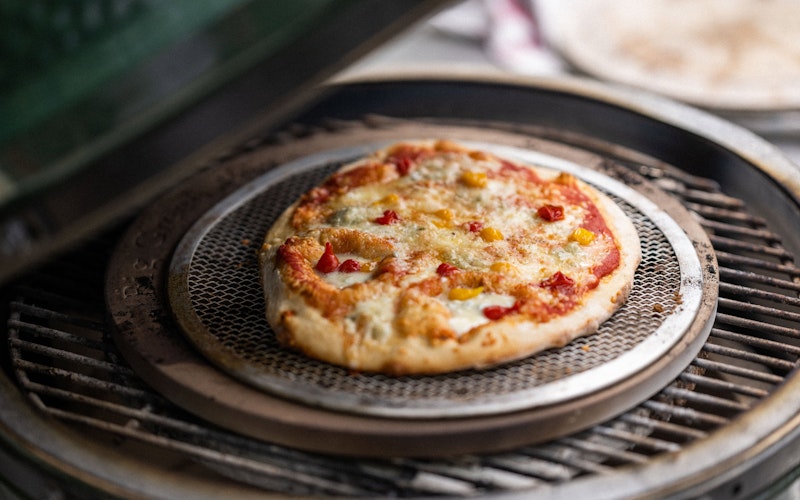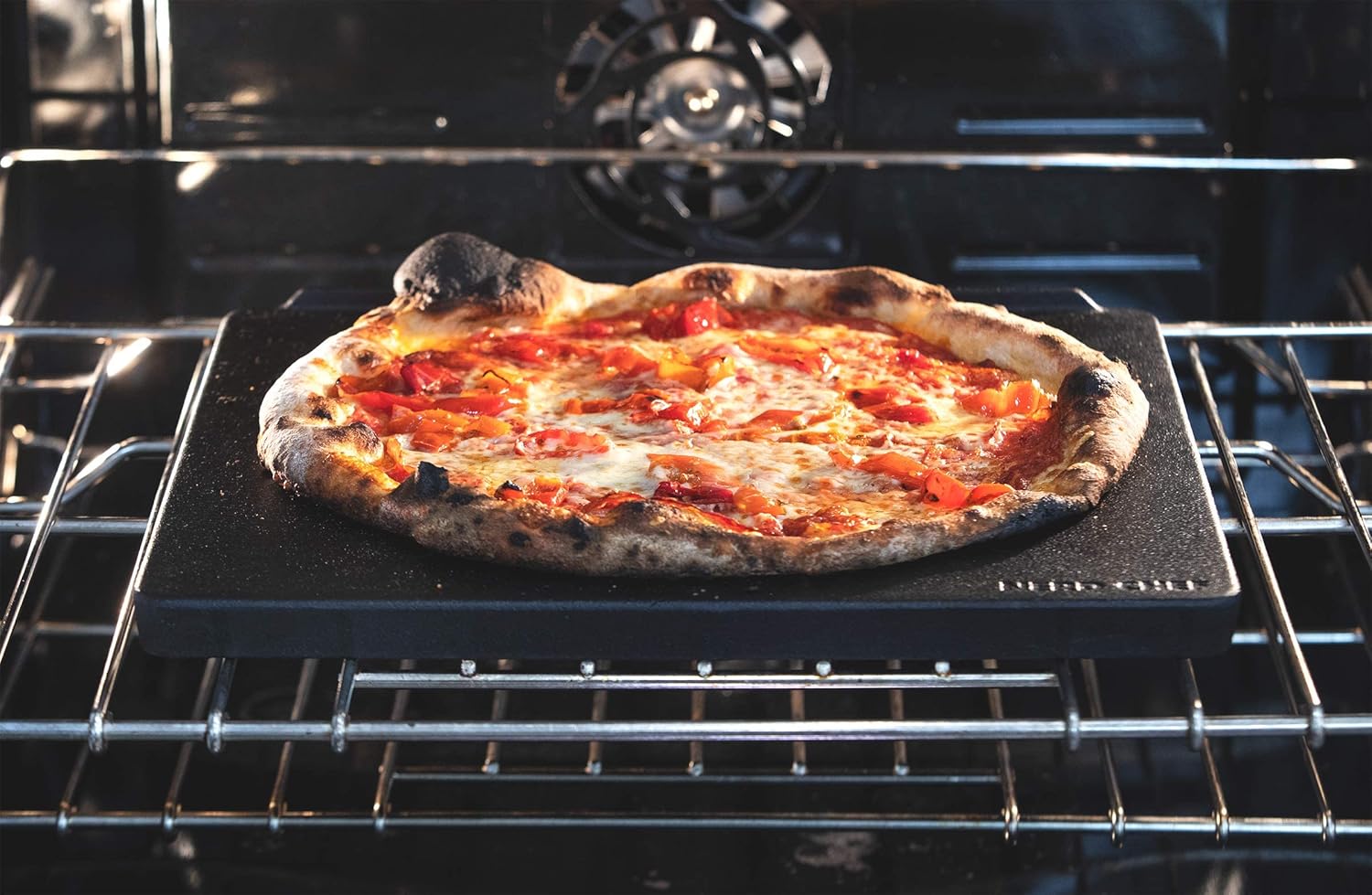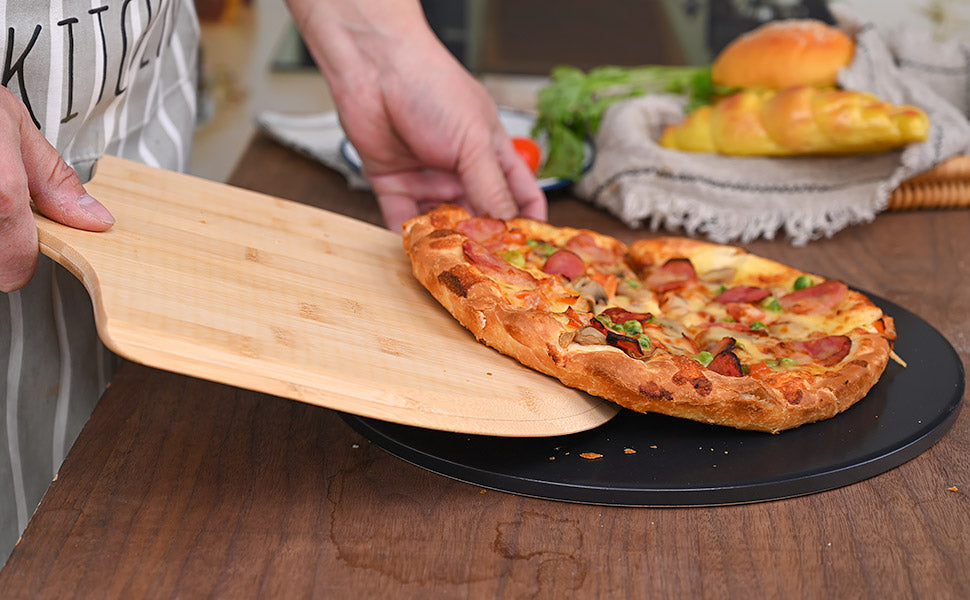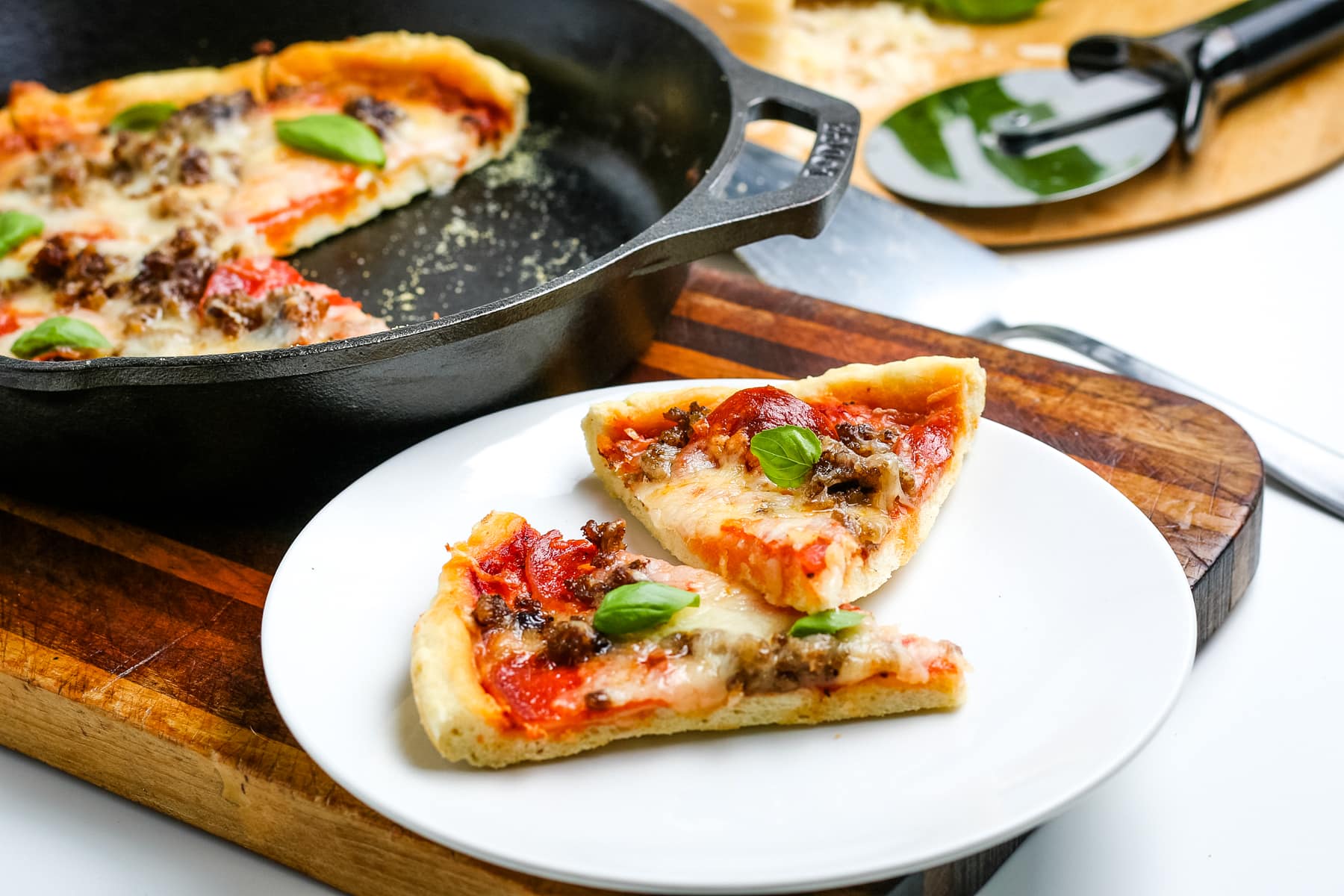For those in the culinary industry, mastering the art of the perfect crust is a must. The elusive, crispy-yet-tender crust can elevate your dish, leaving a lasting impression on every patron that comes by your establishment. Becoming proficient at crafting the perfect crust is not just about following recipes; it's about understanding techniques and intricacies that make every bite memorable. As such, here are some effective tips for evenly cooked crust that are guaranteed to enhance your culinary creations.

Understanding the Importance of Heat Distribution
The distribution of heat is the foundation upon which any well-cooked crust is built. A consistent and evenly applied heat ensures that every bite of your crust is perfectly cooked, without sections of burnt edges or disappointing doughy patches. Techniques such as using a baking stone can be vital here. The natural properties of stone allow for a steady and even distribution of heat, leading to consistently cooked crusts.
Positioning within the Oven
An often overlooked factor is where you place your crust within the oven. Mid-rack positioning is ideal as it allows an even flow of heat around all sides of your dish. Learning the right way to position a baking stone can also contribute greatly to achieving that perfect bake. By employing these methods, you are ensuring an even cook across the entirety of your dish.
Embrace the Power of Preheating
One cannot underestimate the necessity of preheating when aiming for that perfectly cooked crust. A preheated oven is essential to avoid weak, uncooked centers shrouded by crispy outer layers. For even more benefits, consider familiarizing yourself with preheating tips, specifically tailored to baking stones, which offer unrivaled heat retention and distribution.
Timing is Everything
Equally essential in creating the best meal is understanding timing. Each creation in your repertoire requires a nuanced understanding of how long it should remain in the oven. While precision in minutes is vital, never forget the importance of checking in on your creation periodically. Get to know your oven and develop an innate feel for the needs of your meals as conditions can vary from one appliance to the next.
Selecting the Finest Ingredients
Your base ingredients build the foundation of flavor and texture in every creation. No amount of technique can compensate for poor quality elements. Choosing high-quality flour, ensuring that all items are fresh, and considering moisture content are aspects to inspect meticulously. As experts, we understand that only the best ingredients give rise to the best crusts.
The Role of Fat
Fat, such as butter or oils, is crucial in crafting delightful textures in your crust. For instance, when exploring how to create the savory delight of avocado oil mayonnaise, fat imparts flavor while contributing essential lipids for moisture and texture. An understanding of fat's role in crust creation is fundamental to ensuring the desired tenderness and flakiness.

FAQ Section
What temperature is best for a perfect crust?
Ideally, a temperature ranging from 350F to 450F is best for most crusts, though factors such as specific recipes should dictate adjustments.
Can I achieve an evenly cooked crust without a baking stone?
While a baking stone improves heat distribution, alternatives like cast iron skillets can also offer fantastic results. Ensuring a preheated surface remains key.
Why is my crust unevenly cooked?
Uneven cooking can result from improper oven calibration, unmatched rack positioning, or an absence of rotation during baking.
This article contains affiliate links. We may earn a commission at no extra cost to you.






Leave a comment
This site is protected by hCaptcha and the hCaptcha Privacy Policy and Terms of Service apply.